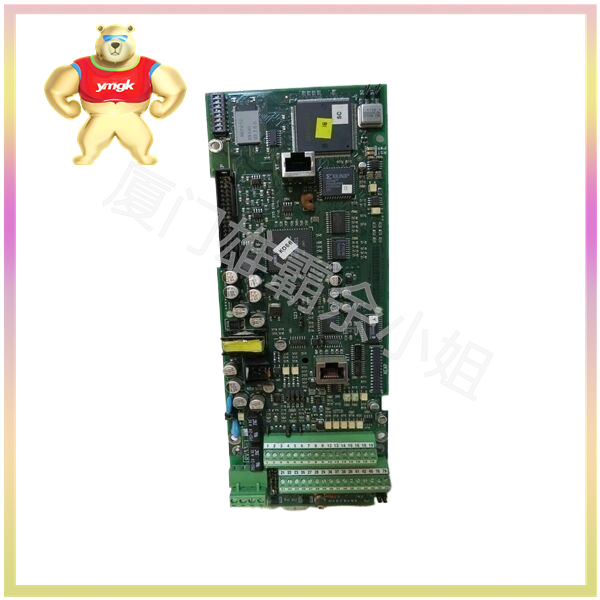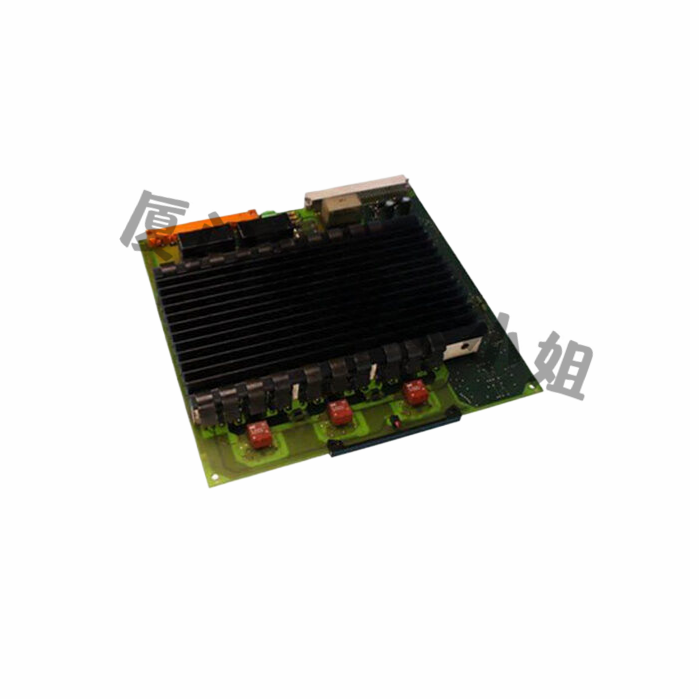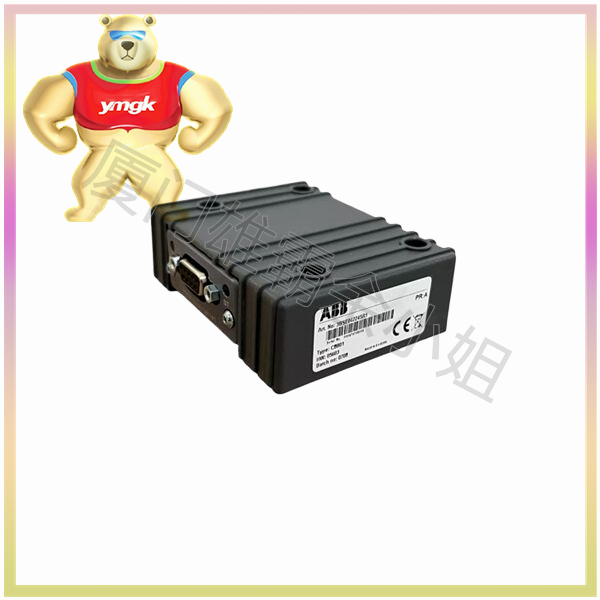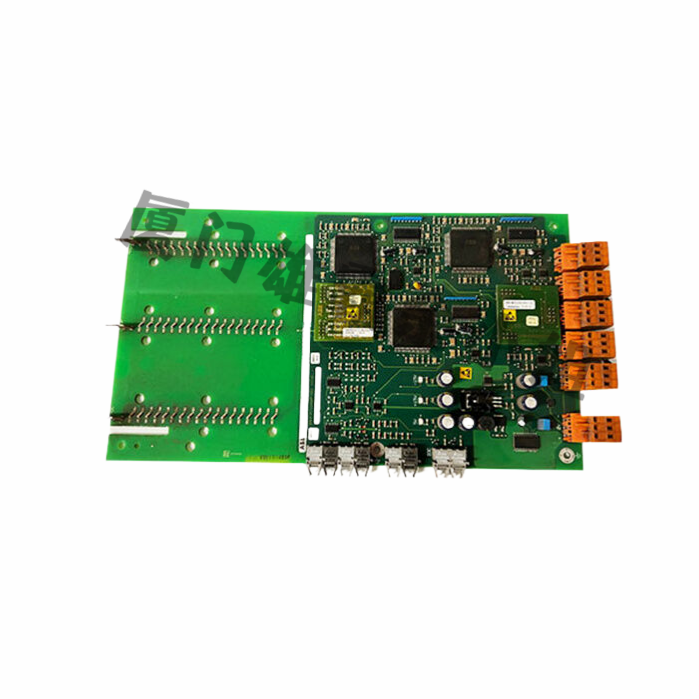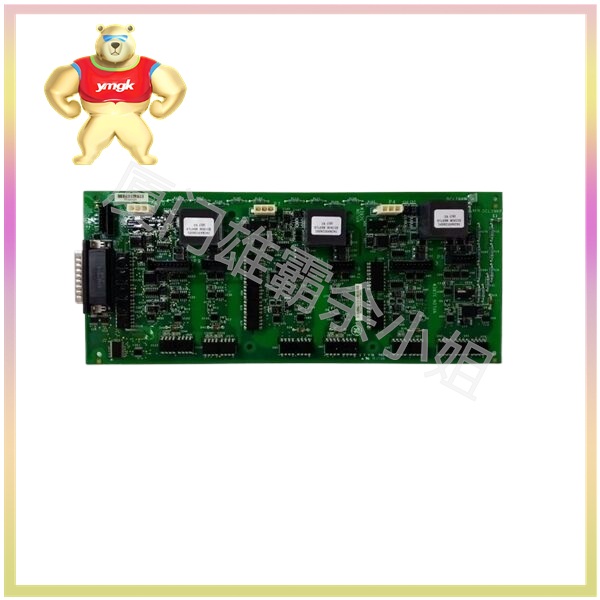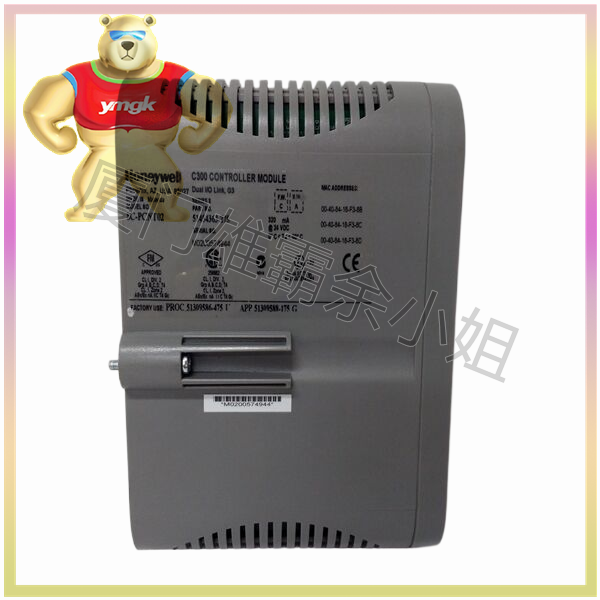Redundant Power Supply Unit (RPSU) is a hardware component used in critical equipment and systems to improve power reliability and stability. It ensures that the system can continue to operate in the event of a main power failure by providing additional power units, thereby reducing downtime and the risk of data loss.

- Improve the reliability of the system
The core function of redundant power modules is to improve the reliability of the system. The stability of power supply is crucial in critical task servers, network equipment, and industrial control systems. The redundant power module provides backup power outside the main power supply, ensuring that the system can seamlessly switch to the backup power supply in the event of a main power failure, thereby avoiding system downtime. - Reduce downtime
In business operations, downtime means a loss of productivity and potential economic losses. Redundant power modules minimize downtime caused by power failures by quickly switching to backup power sources. This is particularly important for critical business systems that require 24/7 uninterrupted operation. - Protecting critical data
Data loss is one of the major risks faced by enterprises. Redundant power modules protect critical data stored in the system from loss by ensuring that the system can continue to operate in the event of a power failure. - Improve the overall performance of the system
Redundant power modules can not only provide backup in the event of a main power failure, but also share the load of the power supply when the system is heavily loaded, thereby improving the overall performance of the system. - Extend the service life of equipment
Redundant power modules help extend the lifespan of critical equipment by reducing frequent startup and shutdown caused by power failures. - Support hot swapping
Many modern redundant power modules support hot swappable functionality, which means that power modules can be replaced or maintained without shutting down the system, further improving system availability and maintenance convenience. - Environmental adaptability
Redundant power modules are typically designed with stronger environmental adaptability, able to adapt to a wider range of temperatures and humidity, ensuring stable operation even in harsh environments. - Easy to maintain and monitor
Modern redundant power modules are usually equipped with intelligent monitoring systems that can monitor the status of the power supply in real time and provide warnings when problems occur. This makes maintenance work more efficient and predictive. - Meet industry standards
The design and manufacturing of redundant power modules typically follow strict industry standards such as IEC, UL, etc., ensuring product quality and safety. - Enhance the competitiveness of enterprises
By reducing downtime and the risk of data loss, enterprises can improve the reliability of their services and customer satisfaction, thereby gaining an advantage in fierce market competition.
conclusion
Redundant power modules are important components that ensure stable operation of critical systems. It reduces downtime caused by power failures, protects critical data, and improves the overall performance and reliability of the system by providing additional power protection. With the development of technology, the functionality and performance of redundant power modules are constantly improving, providing enterprises with more powerful and flexible power solutions.

